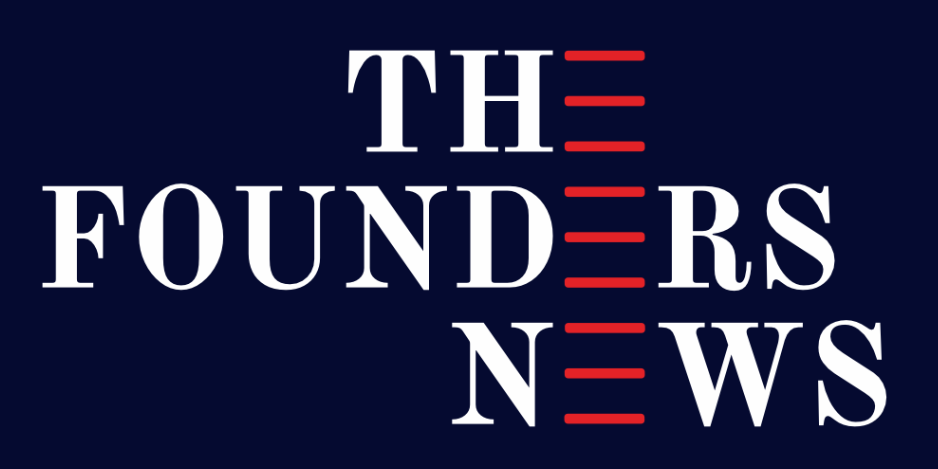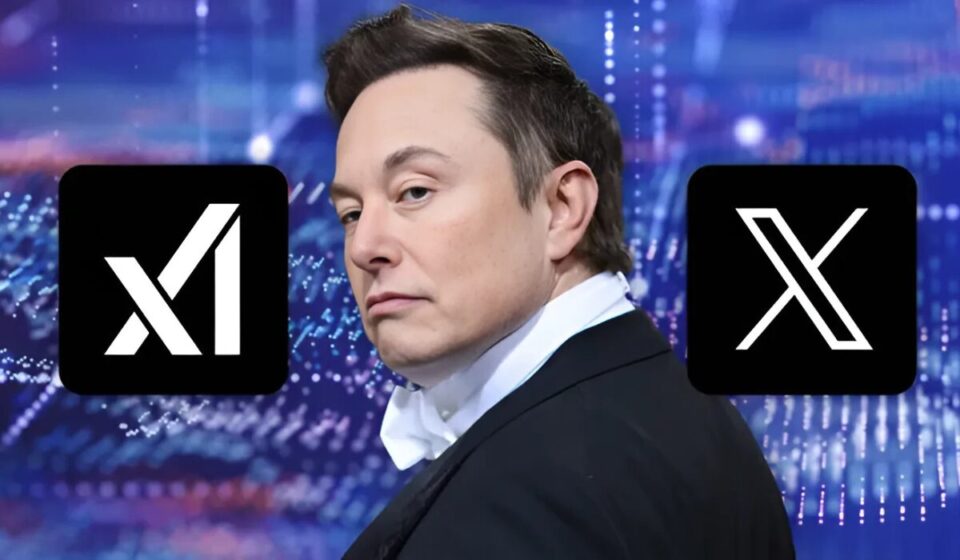On March 28, 2025, Elon Musk announced via an X post that his AI company, xAI, has acquired the social media platform X in an all-stock transaction, marking a significant consolidation of his technology portfolio. This move, valued at $33 billion for X’s equity with an additional $12 billion in debt, brings the total enterprise value to $45 billion, and positions xAI at an $80 billion valuation. This report delves into the details, context, and implications of this acquisition, providing a comprehensive overview for stakeholders and observers.
Acquisition Overview
The acquisition was detailed in Musk’s X post, where he stated, “xAI has acquired X in an all-stock transaction. The combination values xAI at $80 billion and X at $33 billion ($45B less $12B debt).” This indicates that the deal involved xAI issuing its stock to X’s shareholders, reflecting a merger rather than a cash purchase. The $33 billion figure represents X’s equity value, while the $45 billion figure accounts for its enterprise value, including $12 billion in debt, a common financial structure in mergers and acquisitions.
X, formerly known as Twitter, was acquired by Musk in 2022 for $44 billion, a deal that included both equity and debt financing. Since then, X has grown to over 600 million active users and has been positioned as a “digital town square” for real-time information. xAI, founded in 2023, has rapidly emerged as a leading AI lab, known for its AI model Grok and significant investments in data centers, such as the Colossus supercomputer in Memphis, Tennessee.
Financial and Strategic Details
The valuation of xAI at $80 billion underscores its rapid growth in the AI sector, competing with giants like OpenAI and Google. X’s $33 billion equity valuation, net of $12 billion debt, suggests a slight decrease from its $44 billion acquisition cost in 2022, possibly reflecting market adjustments or debt restructuring. The all-stock nature of the transaction means X’s shareholders now hold shares in the combined entity, potentially offering them exposure to xAI’s higher valuation.
Musk’s announcement highlighted the strategic synergy, stating, “xAI and X’s futures are intertwined. Today, we officially take the step to combine the data, models, compute, distribution and talent.” This integration aims to leverage X’s vast user base and real-time data to enhance xAI’s AI models, while applying xAI’s capabilities to improve X’s user experience. For instance, xAI’s chatbot Grok, already integrated into X, could see expanded roles in content moderation, personalized recommendations, and real-time fact-checking.
Context and Historical Background
Elon Musk’s ownership of both companies, with xAI using X’s data for AI training prior to the acquisition, suggests this move formalizes an existing relationship. Musk’s broader vision, as articulated in the X post, is to create a platform that “actively accelerates human progress,” aligning with xAI’s mission to advance knowledge through AI. This acquisition follows Musk’s pattern of consolidating his ventures, including Tesla and SpaceX, to amplify their impact.
The financial landscape includes shared investors like Andreessen Horowitz, Sequoia Capital, and Fidelity Management, which may have influenced the decision to merge, protecting investor interests amid X’s challenges, such as user and advertiser exodus post-2022 acquisition. The $12 billion debt, a significant figure, likely stems from the leveraged buyout structure of Musk’s initial Twitter purchase, with additional financing raised recently to stabilize X’s valuation at $44 billion.
Implications and Stakeholder Impact
For users, the merger could mean enhanced AI-driven features on X, potentially improving content discovery and combating misinformation. Investors in X now benefit from xAI’s higher valuation, while employees may face integration challenges but also new opportunities for collaboration. The combined entity’s focus on “seeking truth and advancing knowledge” could position it as a leader in AI-social media integration, influencing competitors like Meta and TikTok.
Regulatory scrutiny appears minimal given both companies are privately held and owned by Musk, though specifics like leadership integration remain unclear. The acquisition’s timing, announced on March 28, 2025, and reported widely by March 29, 2025, coincides with Musk’s recent activities, including his interactions with U.S. President Donald Trump, potentially boosting X’s fortunes post-Trump’s reelection.
Community Reactions and Cultural Elements
Reactions on X, as seen in replies to Musk’s post, range from excitement to curiosity. Users like
@CrypticCouple and
@BostGrok expressed enthusiasm, with some, like
@doge_eth_gov, humorously asking Grok to explain the merger. The post included an image of Grok, depicted as a retro robot with sunglasses, symbolizing xAI’s playful yet futuristic approach. This cultural element underscores the merger’s alignment with Musk’s brand of innovation and disruption.
Detailed Valuation Table
To clarify the financials, here’s a breakdown:
| Entity | Equity Value | Debt | Enterprise Value |
|---|---|---|---|
| xAI | $80 billion | $0 | $80 billion |
| X | $33 billion | $12 billion | $45 billion |
This table highlights that xAI’s valuation is purely equity-based, while X’s enterprise value includes its debt, explaining the $45 billion total mentioned in some reports.
Broader Impact and Future Outlook
The merger could set a precedent for AI-social media convergence, potentially accelerating AI applications in education, research, and global problem-solving. Economic effects may include increased investment in AI and tech sectors, given xAI’s high valuation. Musk’s vision of a platform that “reflects the world and actively accelerates human progress” suggests ambitious plans, possibly involving AI-driven tools beyond social media.
In conclusion, xAI’s acquisition of X for $33 billion in equity, with a total value of $45 billion including debt, represents a strategic merger to enhance AI integration in social networking. Announced on March 28, 2025, and widely reported by March 29, 2025, this move aligns with Musk’s goal of advancing knowledge, with potential implications for users, investors, and the tech industry at large.


